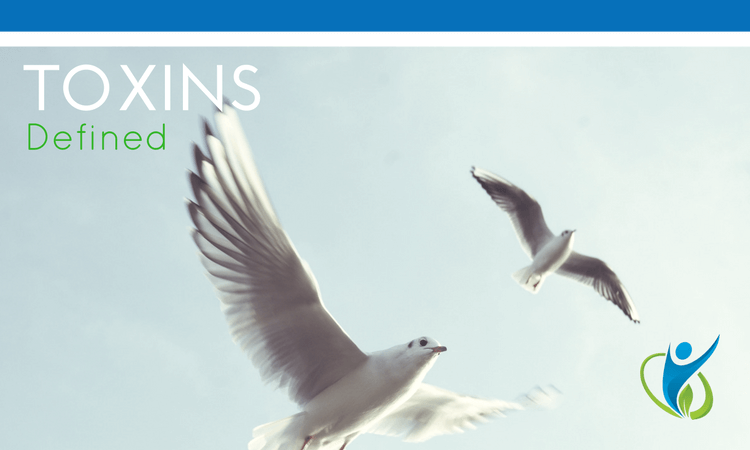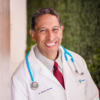At Hope4Cancer, we talk quite a bit about detoxification. It’s one of our seven key principles of non-toxic alternative cancer treatment and an important aspect of our holistic approach to healing. To understand detoxification, it is important to first understand toxins themselves.
What is a toxin?
Many of us equate the word “toxic” with “dangerous” — and for good reason! A toxin can be loosely defined as any poisonous substance. Hazardous chemicals are everywhere in our modern world: in our air, in our water, in our food and even in our homes. Toxins harm our bodies and can contribute to cancer.
Where are toxins found?
Toxins are abundant in household cleaning supplies. The average household contains a whopping 62 toxic chemicals, environmental experts say. Some products with toxins include aerosol spray products, air fresheners, chlorine bleach, dishwasher detergent, rug and upholstery cleaners, oven cleaners and floor polish. Step into the garage to find even more toxin-containing items, like pesticides and artificial fertilizers. Components of these products have been linked to asthma, cancer, reproductive disorders, hormone disruption and neurotoxicity.
What we eat and drink is also a key contributor to the toxins in our bodies. Artificial ingredients, like artificial sweeteners, dyes and colorings, preservatives and manufactured fats (including trans fats), are toxic. Sugary juices and sodas, alcohol and caffeinated beverages all contain toxins too. Our water can be contaminated as well.
Our beauty and personal care items are full of toxic ingredients too. Our skin is our largest organ, and we absorb as much as 60% of what we put on it. Soaps and shampoos, lotions and perfumes, lip balms and lipsticks, makeup and deodorants/antiperspirants are manufactured with dangerous toxins. Most personal care products are not tested for safety, and the laws governing the cosmetics industry date back to 1938! Even products labeled “natural” are not always free of toxins.
How do we become exposed to toxins?
Now that we know what a toxin is and where toxins are found, let’s explore how we become exposed to them. Humans come into contact with hazardous toxins through “exposure pathways,” and there are three basic kinds of exposure pathways: skin contact, ingestion and inhalation.
Skin contact happens when something comes in direct contact with and is absorbed by our skin. This is the most common pathway for beauty and hygiene products. Ingestion takes place when we take something in through the mouth, like food or beverages. It can also be a secondary exposure pathway after skin contact; for example, transferring chemicals from our hands to our mouths when eating. Finally, inhalation is breathing or taking in toxins through the lungs. This most frequently occurs with airborne toxins in our environment. While we can avoid exposure to many toxins, it is nearly impossible to avoid every toxin in our modern world.
Time to detoxify
Toxins are harmful, and they are everywhere. Toxins inhibit the body’s ability to repair and heal itself naturally. When toxins accumulate in our bodies without any effective route of elimination, they get increasingly dangerous and can contribute to cancer. This is why detoxification is such a key element in our approach at Hope4Cancer.
At Hope4Cancer, we employ the following detoxification therapies:
Want to learn more about how our approach to cancer healing can help you or your loved one? Reach out to our team by calling us at 1-888-544-5993 or 1-619-669-6511 for calls outside of the United States. Our team is here for you or your loved one on the path to recovery.

